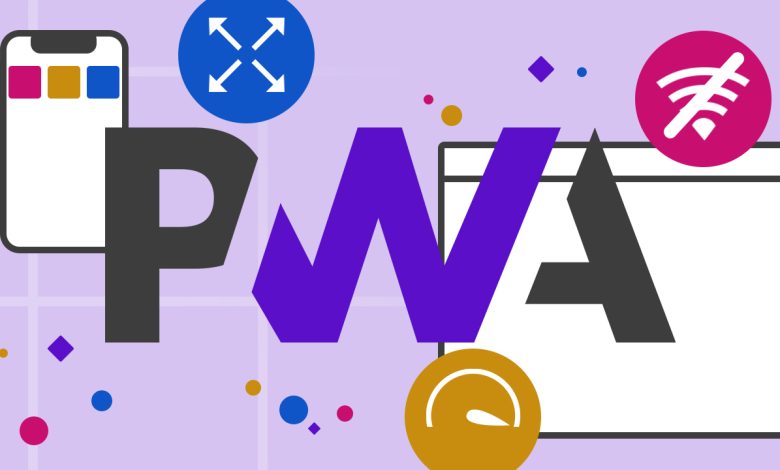Progressive Web Apps (PWAs): The Future of the Web

The web has come a long way from static HTML pages to modern web applications that rival native apps. Progressive Web Apps (PWAs) are a major step in this evolution. They combine the reach of the web with the performance and experience of native mobile applications.
In this article, we’ll explain what PWAs are, their benefits, how they work, and why many believe they represent the future of the web.
1. What is a Progressive Web App (PWA)?
A Progressive Web App is a type of application delivered through the web but designed to provide a native app-like experience.
Key features include:
- Works offline or in poor network conditions.
- Installable on devices like native apps.
- Push notifications support.
- Fast loading and smooth performance.
2. The Core Principles of PWAs
- Reliable: Loads instantly, even offline.
- Fast: Quick response to user interactions.
- Engaging: Feels like a native app with immersive UX.
3. Key Technologies Behind PWAs
Service Workers
- Scripts running in the background that enable caching and offline functionality.
Web App Manifest
- A JSON file that defines app name, icons, and how the app should appear when “installed” on a device.
HTTPS
- Mandatory for PWAs to ensure secure communication.
4. Benefits of PWAs
Offline Capability
- Thanks to service workers, users can access the app even with no internet.
App-Like Experience
- Fullscreen mode, push notifications, and app icons make PWAs feel like native apps.
No App Store Barriers
- Users don’t need to download from Google Play or App Store.
Cross-Platform
- One codebase works across all devices (desktop, mobile, tablet).
Better Performance
- Pre-cached assets lead to fast load times.
5. Examples of PWAs in the Real World
- Twitter Lite: 75% increase in tweets, reduced bounce rate.
- Starbucks PWA: Works offline, order-ahead feature even in poor connectivity.
- Pinterest: 60% increase in engagement after switching to PWA.
6. Challenges of PWAs
- Limited iOS support compared to Android.
- Access to device hardware (like Bluetooth, NFC) is restricted compared to native apps.
- Some users may not be aware of the “Add to Home Screen” option.
7. How to Build a PWA
- Create a responsive web application.
- Add a Web App Manifest file.
- Implement a Service Worker for offline support.
- Serve the app over HTTPS.
- Test with Lighthouse (Google Chrome DevTools).
8. Future of PWAs
- Google and Microsoft are heavily supporting PWAs.
- PWAs can now be published in app stores (Microsoft Store, Google Play).
- As browser APIs expand, PWAs will gain access to more native-like features (camera, geolocation, file system).
Conclusion
PWAs represent a game-changing approach to building web applications. They bridge the gap between the accessibility of the web and the powerful experience of native apps.
For businesses, adopting PWAs means lower development costs, broader reach, and higher user engagement. For developers, it’s an opportunity to shape the future of the web by building apps that are fast, reliable, and engaging.
The future is clear: PWAs are here to stay.

